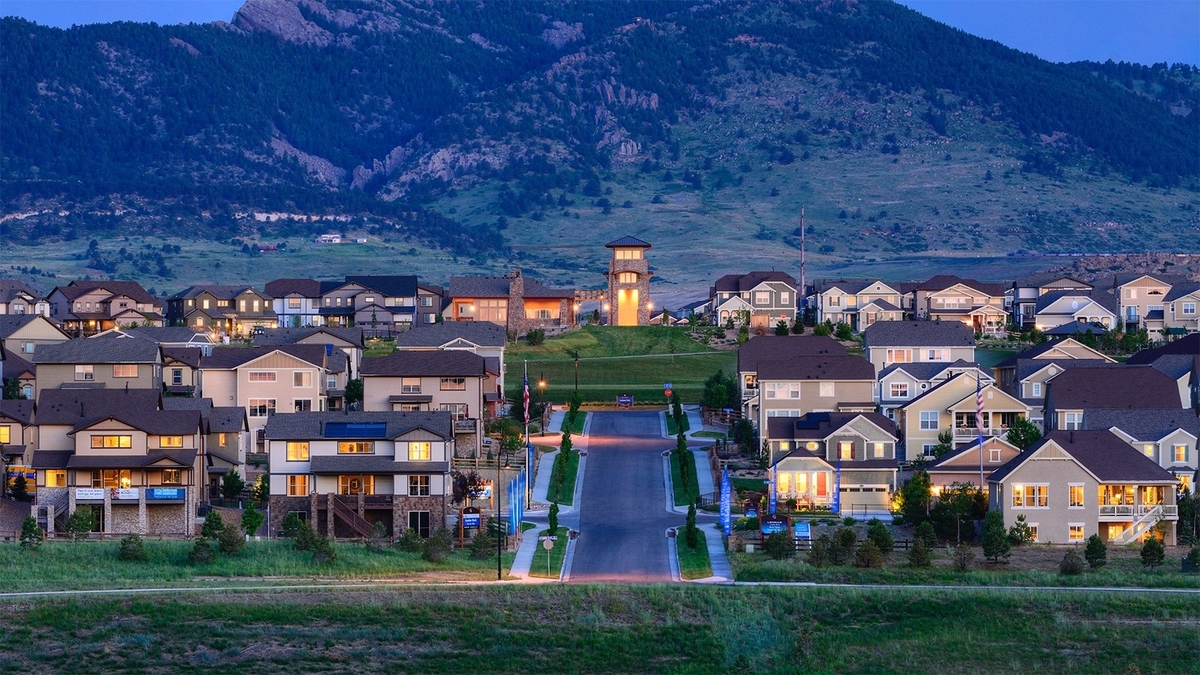How to Build Communities Buyers Will Love to Call Home

A shift is taking place with home buyers. They want to invest in more than a home; they want to invest in the experience of living there. As a result, home builders need to focus more than ever on “placemaking” in community and neighborhood design.
What is placemaking? It is a philosophy of planning public spaces that is about people — assembling, interacting and living. It capitalizes on a community’s unique assets to create inspiring spaces that promote health, happiness and well-being.
Community Character and Design
People want to live in a home, a neighborhood and a community they feel is unique and grounded in a sense of identity and individuality, not just a little newer or a little better than the one down the street. Establish the image of community you want to achieve early on and use it as a guidepost for design and decision-making through the entire development process:
- Start with the existing physical, cultural or historic qualities of the site and the greater surrounding community. How can they be preserved, enhanced and integrated into the master plan? Let them drive the design.
- Place monuments, open spaces and amenities along the community entry drive and into each neighborhood that serve as landmarks that will remain in the mind of the buyer. Buyers respond well to communities that reflect the story of the land and its context.
- Preserve and enhance views, which are a paid-for amenity that comes with the site. Make them a compelling feature of your design.
- Simplify the landscape and amenity program. There is often a tendency to fill open spaces with all the things we think we need, such as walls, shelters, pools and play structures. The market is trending quickly away from “I want it all” to “What do I need to be happy?”
Neighborhood Design
Design neighborhood “villages” with a variety of home types, compact lot configurations, shared drives and motor courts to achieve higher net densities and create a safer, more pedestrian scale:
- Design from the back to the front, so design inefficiencies are moved to arrival zones and entries and consolidated into larger areas for greater visual impact.
- Make parks the visual focal point and center of activity to create a unique identity for each neighborhood. Create pocket parks within a short walk from homes.
- Preserve existing trees and vegetation whenever possible. They enhance aesthetics and the sense of establishment. When possible, make them a part of a pocket park.
Connecting the Home to the Place
Even if you’re just building one home, there are principles you can use to make it unique and memorable:
- Build a gracious porch, preferably covered, or front yard patio. Make the front yard a usable space where residents can engage their neighbors; use fencing or courtyard walls to enclose the front yard landscape. It will make the home stand out on the block and bring interest to the curb.
- Connect entry walks to the street, not just the driveway. It will make the front door more prominent, especially with smaller, narrower homes with front-loaded garages.
- Bring shrubs and perennial plantings out to the street, rather than just around the foundation.
- With compact front-loaded lots, extend a porch or living area of the home to the street beyond the garage door to make the porch or living area — and not the garage — the predominant element of the front elevation. Side load the garage, and install a more attractive garage door with windows, enhanced trim and higher quality materials and finishes.
- Use enhanced materials and finishes for driveways and walks.
- Plant street trees to frame the view to and soften the architecture of the home and the block, create a sense of establishment, cool the home and pavement, and sequester carbon.
Invest in placemaking, driven by an authentic and compelling community character that is carefully integrated into the master plan, each neighborhood and every home. When you do, you’ll turn the home-buying experience into a “lifestyle buying” experience your buyers will love.
The full version of this article originally appeared on Best in American Living.
*Note: All articles are redistributed from NAHBnow.com*

